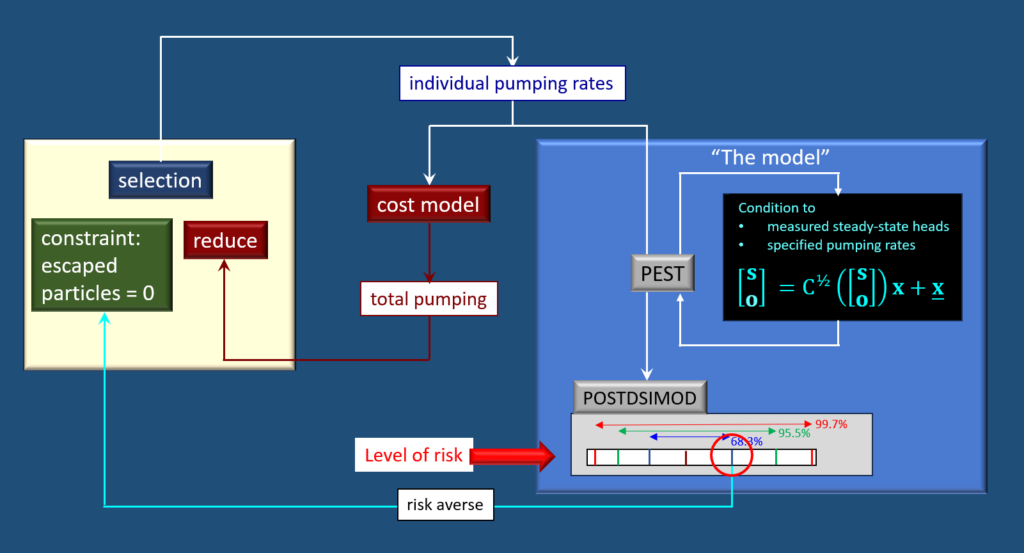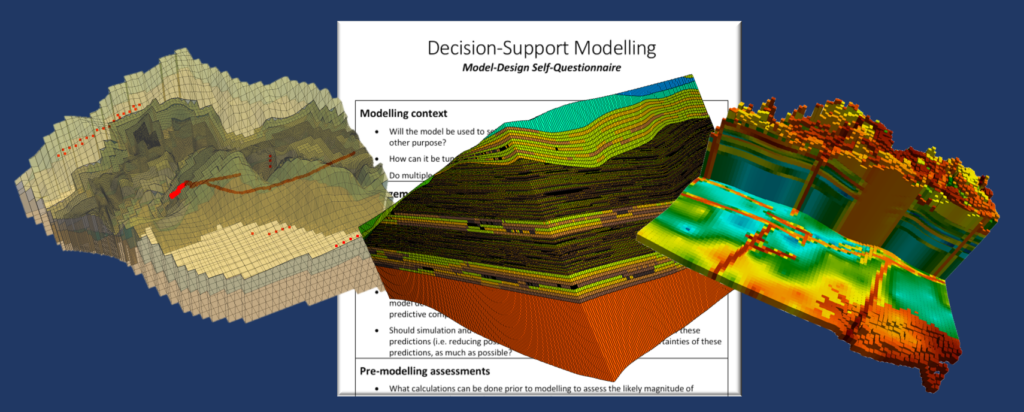Four GMDSI workshops coming up
GMDSI has a series of workshops planned across the world in the second half of 2025. Designed for practitioners, the workshops will showcase real-world case studies in predictive groundwater modelling. From model design and problem formulation to communicating results to decision-makers, the sessions will cover the latest groundwater modelling technology as well as highlight practical […]
Four GMDSI workshops coming up Read More »










